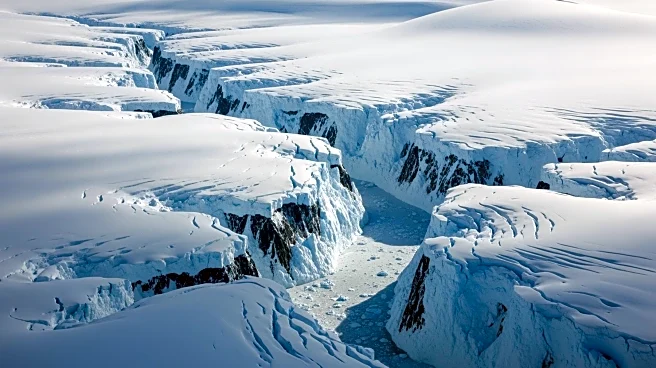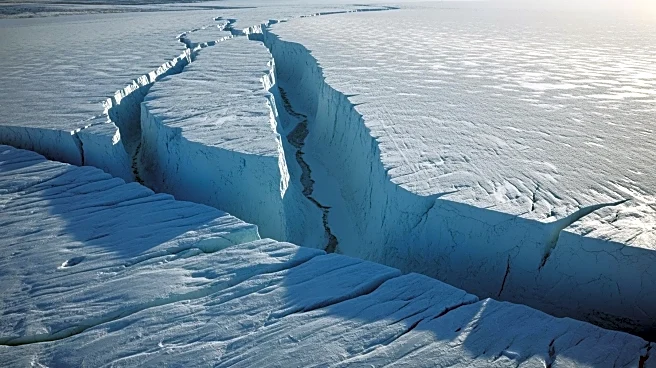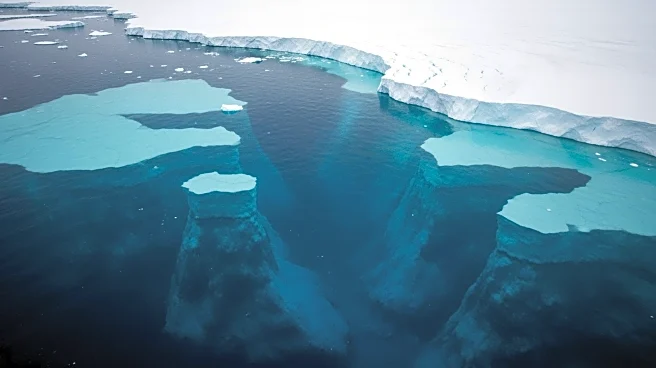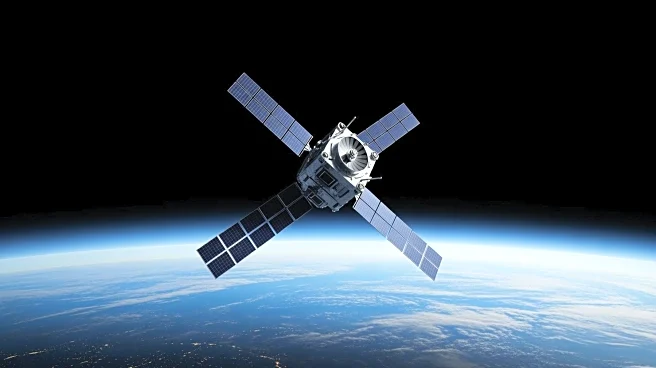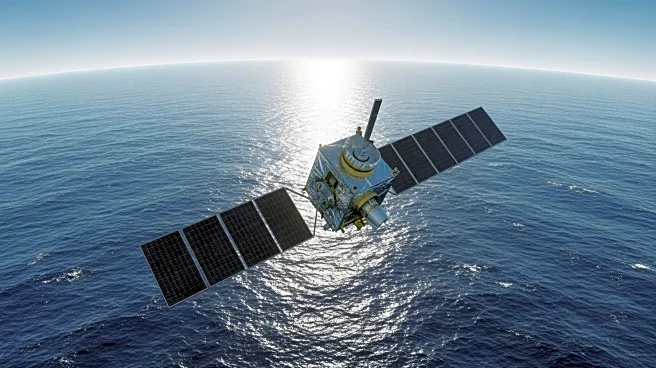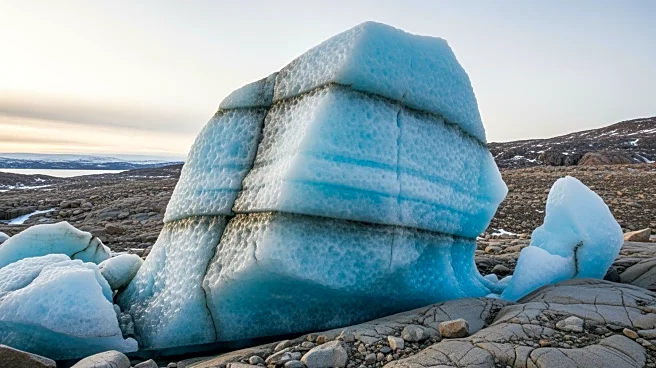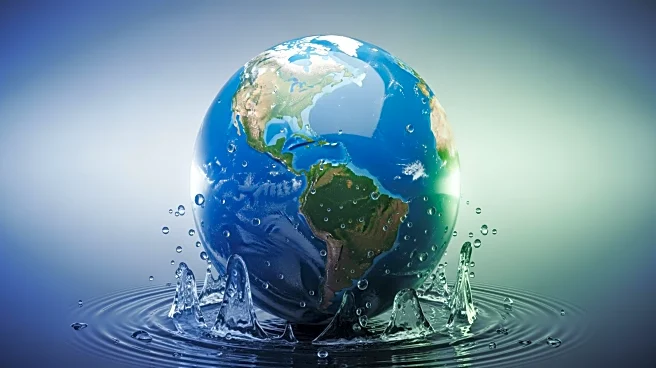What's Happening?
Researchers have uncovered a vast network of 332 submarine canyons beneath Antarctica's ice, providing new insights into the continent's underwater topography and its influence on ice dynamics, ocean circulation,
and global climate. The study, published in Marine Geology, utilized high-resolution bathymetric data and advanced geomorphometric techniques to reveal a landscape five times more complex than previously thought. These canyon systems serve as active conduits for heat, sediment, and nutrient transport, critically influencing ice shelf melting and sea-level rise projections.
Why It's Important?
The discovery of these hidden canyons challenges existing models of sea-level rise, which often treat the Antarctic seafloor as flat. The canyons' role in facilitating basal melting of ice shelves could accelerate ice loss and contribute to global sea-level rise. Understanding these dynamics is crucial for refining climate models and improving predictions of ice-sheet behavior. The findings also highlight the need for more detailed mapping of polar regions to better assess their impact on global climate systems.
Beyond the Headlines
The study reveals significant differences between East and West Antarctic canyon systems, offering insights into the continent's geological history and vulnerability to climate change. East Antarctic canyons are longer and more stable, while West Antarctic canyons are steeper and more prone to rapid ice loss. This east-west divide aligns with observations of greater ice loss in West Antarctica, emphasizing the need for targeted research and conservation efforts in vulnerable regions.
